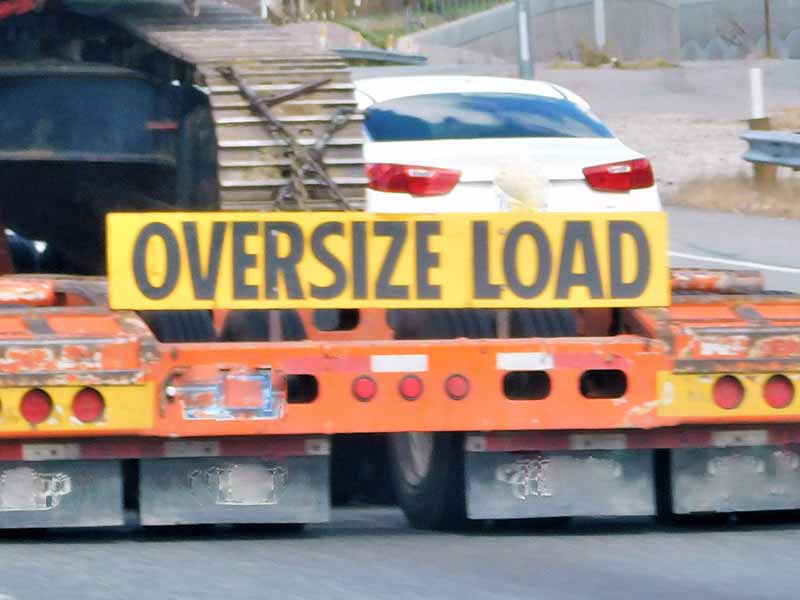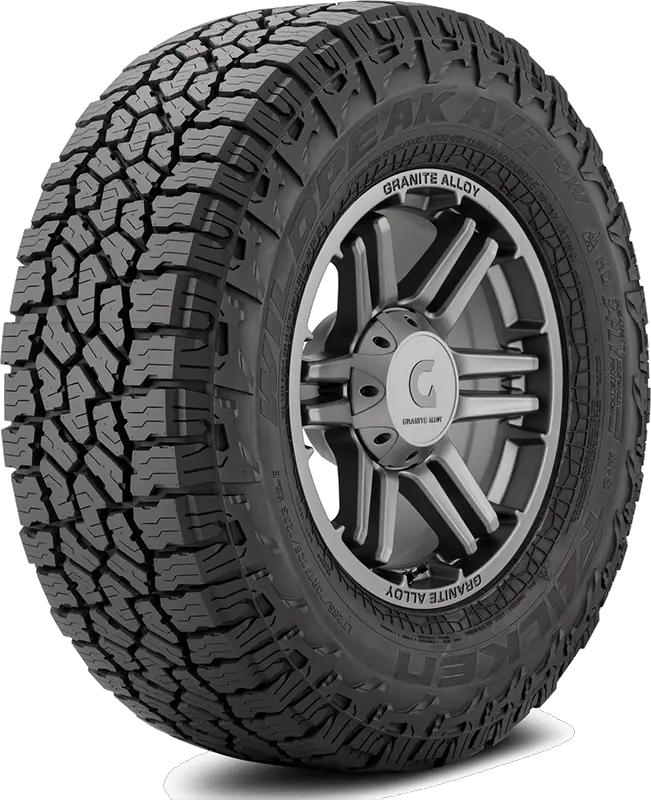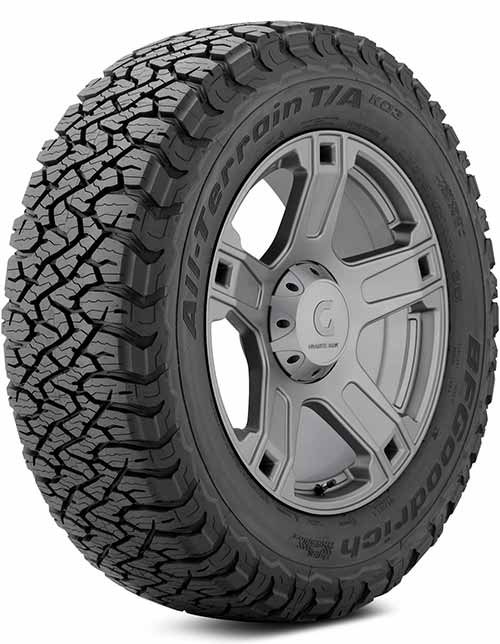If you’ve found yourself pondering which tire load range will best suit your trailer needs, you’re in the right place. This isn’t just about rubber meeting the road; it’s about understanding the specifics that help you meet your hauling requirements efficiently.
Load Range D Vs E Trailer Tires
Load Range D trailer tires are designed for lighter loads (1,220 lbs @max psi/tire) compared to Load Range E tires, which can handle more weight (1,520 lbs @max psi/tire) and higher air pressure for heavier cargo.
In this article, we will delve into the pros and cons of Load Range D versus E trailer tires, exploring their weight capacities, speed ratings, and the implications these differences have for your trailer’s performance and safety.
| Load Range | Ply Rating | Typical Load Capacity | Max Load Carrying PSI |
| B | 4 | 1,100 to 1,520 lbs | @ 35 PSI |
| C | 6 | 1,760 to 2,270 lbs | @ 50 PSI |
| D | 8 | 2,205 to 3,000 lbs | @ 65 PSI |
| E | 10 | 2,470 to 3,415 lbs | @ 80 PSI |
| F | 12 | 3,500 to 3,960 lbs | @ 95 PSI |
| G | 14 | 3,960 to 4,400 lbs | @ 110 PSI |
| H | 16 | 4,805 to 5,675 lbs | @ 125 PSI |
| J | 18 | 6,005 to 6,610 lbs | @ 140 PSI |
| L | 20 | 7,000 to 7,800 lbs | @ 160 PSI |
Understanding Load Ranges in Tires
When we talk about load range in tires, we mean how much weight each tire can safely support. It’s a critical feature because the right load range keeps your vehicle stable and safe, especially when you’re hauling or towing heavy loads.
What Is Load Range?
Load range tells us about the strength of a tire. Specifically, it’s related to the maximum air pressure a tire can hold and the weight it can carry. In the past, we used to call this the “ply rating,” which referred to the number of layers of rubber and fabric the tire had. Nowadays, tires are made differently, but we still use this system to understand their strength.
Why Load Range Matters
- Safety: The right load range is vital for the safety of your vehicle. If a tire has too low a load range for your vehicle or what you’re carrying, it could fail, which can be dangerous.
- Performance: A tire with the correct load range will wear evenly and perform better.
- Economy: Using the right load range can also save you money. Tires with the proper range last longer and can help your vehicle use less fuel.
The Numbers and Letters
On the side of your tire, you’ll see letters like B, C, D, or E. These are load range indicators:
- B is the lowest in terms of load capacity.
- C and D are more common for smaller trucks and trailers.
- E is for heavier loads, often seen on bigger trucks and trailers.
For example, Load Range D tires are built to carry more weight than Load Range C but less than Load Range E.
Choosing the Right Load Range
Choosing the right load range for your tires is crucial. You should consider the weight of your vehicle and what you plan to carry. It’s not just about avoiding flat tires; it’s about making sure your vehicle handles well and stays under control.
For those new to trailer tires, a common mistake is to focus only on the size of the tire. But the load range is equally important. Think about it like this: Even if a shoe is the right size, it won’t be comfortable if it’s not designed for the weight it needs to support.
I’ve seen many drivers overlook the load range, focusing only on the tire size or tread pattern. But from my experience, I can tell you that understanding and choosing the right load range is just as important for the longevity and safety of your tires.
For detailed information on what load range you might need for your trailer, you can refer to our guide here.
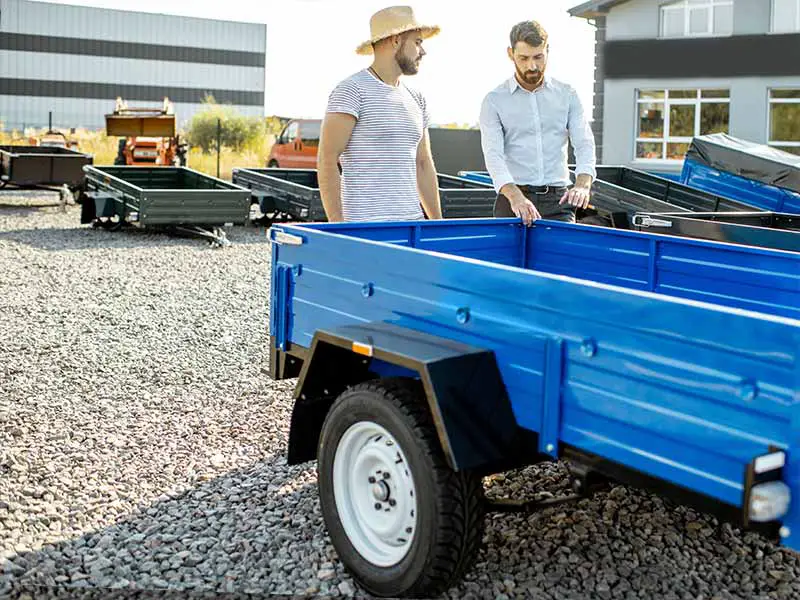
Load Range D Tires
When you’re looking at Load Range D tires, you’re dealing with a type that’s built for more weight and more pressure. These are common for lighter trucks and some trailers. Let’s break down what this means for you and your vehicle.
Characteristics of Load Range D Tires
- Ply Rating: Load Range D tires typically have an 8-ply rating. But don’t be fooled by the term “ply” – modern tires may not actually have eight layers. This term is more about the tire’s strength and ability to hold air pressure.
- Weight Capacity: These tires can usually carry a substantial amount of weight, often up to 1,220 pounds per tire at maximum air pressure.
- Air Pressure: They can be inflated up to a higher air pressure compared to lower load ranges, usually around 65 psi (pounds per square inch).
Advantages of Load Range D Tires
- Versatility: They are versatile, suitable for various smaller trucks and trailers.
- Balance: They offer a good balance between carrying capacity and ride comfort.
Limitations of Load Range D Tires
- Not for Heavy Loads: They’re not suitable for very heavy loads that you might find with large trailers or heavy-duty trucks.
- Speed Ratings: They may have lower speed ratings compared to some light truck tires, which means they are not designed for high-speed driving when fully loaded.
Real-World Use
I recommend Load Range D tires to those who tow light to medium loads. They’re reliable for regular use, such as hauling equipment for a small business or for recreational activities like taking a boat to the lake.
Load Range E Tires
Load Range E tires are the heavy lifters in the tire world. Designed for heavier trailers and light trucks, they are built to handle more weight and higher air pressure than Load Range D tires.
What Sets Load Range E Tires Apart
- Ply Rating: These tires have a 10-ply rating. This rating signifies a tougher build that can handle more stress.
- Weight Capacity: Load Range E tires are rated to carry more weight, typically up to 1,520 pounds per tire at the maximum air pressure.
- Air Pressure: They are designed to be inflated to higher pressures, usually around 80 psi, which supports carrying heavier loads without tire deformation.
Benefits of Load Range E Tires
- Heavy-Duty Use: They are ideal for heavy-duty work. If you have a larger trailer or a light truck that you use for heavy loads, these tires are designed for that purpose.
- Durability: With a higher ply rating, they are more resistant to punctures and wear, making them last longer under tough conditions.
Potential Drawbacks
- Stiffer Ride: The robust construction can lead to a stiffer ride. This might be noticeable when you’re driving unloaded or with light cargo.
- Fuel Efficiency: The heavy-duty nature of these tires can also affect fuel economy. The extra strength comes with extra weight, which your vehicle has to work harder to move.
Practical Advice from Experience
Load Range E tires are the go-to for anyone hauling heavy equipment regularly. They offer the peace of mind that comes with knowing your tires can handle the load. It’s important to remember that while these tires can handle more weight, they should not be overinflated when carrying lighter loads, as this can lead to a harsher ride and uneven tire wear.
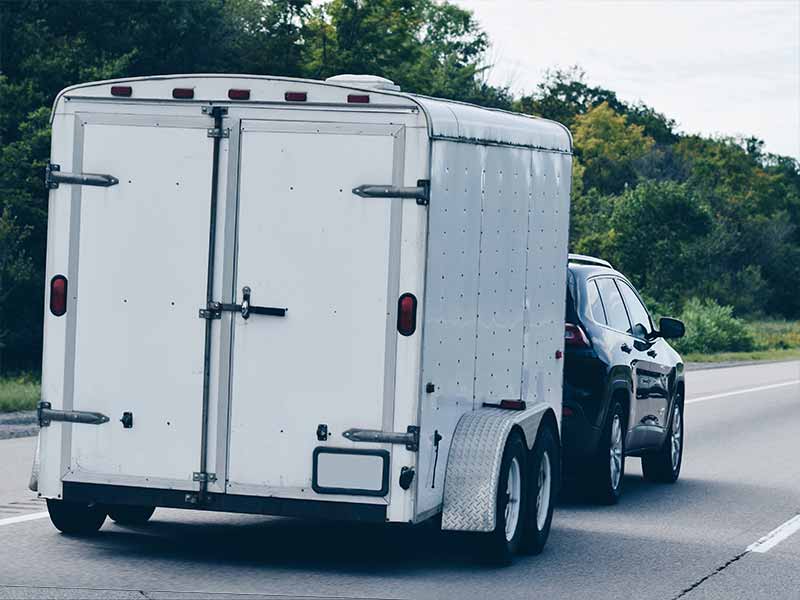
Comparing Load Range D and E Tires
When choosing tires for your trailer, understanding the differences in weight capacities and how they relate to your usage is crucial. Load Range D and E tires are designed for different weight capacities and have varied requirements for air pressure, which can influence your travel experience.
Weight Capacities: Load Range D vs. E
- Load Range D Tires: These tires are constructed to support a considerable amount of weight, but not as much as Load Range E. They are suitable for lighter trailers and can safely carry the load without the need for extremely high air pressure. This makes them a practical choice for many standard towing needs.
- Load Range E Tires: E tires are the heavy lifters. Designed for heavier trailers, they can handle more weight, which is essential for hauling substantial loads. This higher weight capacity is due to their stronger construction and higher air pressure requirements.
Speed Ratings: How They Differ
- D Tires: The speed rating for Load Range D tires often meets the needs of routine highway travel. They provide a good balance between load capacity and speed, allowing for safe and efficient travel.
- E Tires: With Load Range E tires, the emphasis is on carrying capacity more than speed. These tires may have a speed rating that’s comparable to Load Range D, but it’s important to check the specific tire to be sure. It’s not uncommon for them to have a slightly lower speed rating due to their robust nature.
Air Pressure Necessities
- Understanding Air Pressure: Air pressure is a key factor in a tire’s load-carrying ability. Higher pressure allows a tire to carry more weight, which is why Load Range E tires require more air pressure than Load Range D.
- D Tires: These tires need less air pressure compared to E tires, making them a bit more forgiving on rough terrain. This can be advantageous for lighter trailers that don’t need the extra load capacity.
- E Tires: Load Range E tires must be inflated to higher pressures to achieve their rated load capacity. This higher pressure ensures the tires can support heavier weights safely but may result in a stiffer ride.
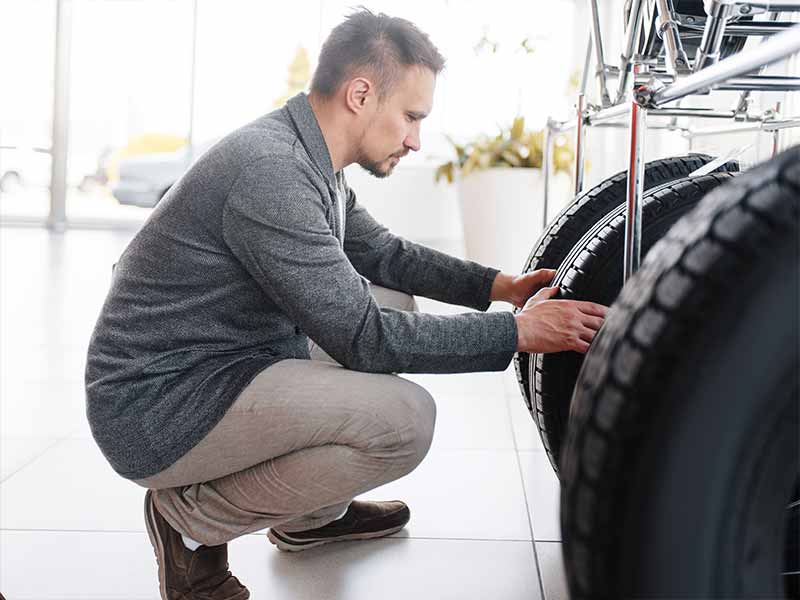
Practical Tips for Selecting Trailer Tires
Selecting the right trailer tires is about matching your tires to the load you intend to carry and ensuring your vehicle handles the weight safely and efficiently. Here are some practical considerations to keep in mind:
Choosing Between Load Range D and E
- Assess the Trailer’s Weight: Before you purchase trailer tires, you need to know the weight of your trailer plus the load you’ll be carrying. This combined weight will help you determine whether you need Load Range D or E tires.
- Consider Your Usual Routes: If you frequently travel on rough roads or in conditions where traction and stability are concerns, make sure the tires you choose can handle these situations without compromising on safety or performance.
- Plan for the Future: Think about any potential changes in your hauling needs. If you anticipate carrying heavier loads in the future, it might be wise to opt for Load Range E tires for their higher load capacity.
Matching Tires to Load and Vehicle Type
- Compatibility with Your Vehicle: Ensure that the tires you select are compatible with your vehicle’s specifications. Using tires that aren’t rated for your vehicle can lead to poor handling and potential safety hazards.
- Uniformity is Key: Always use tires that are identical in size, type, and load range. This uniformity is crucial for balanced handling and even wear.
Maintenance Tips for Tire Longevity and Safety
- Regular Inspections: Check your tires regularly for signs of wear, damage, or foreign objects. Catching issues early can prevent more significant problems down the road.
- Proper Inflation: Keep your tires inflated to the manufacturer’s recommended pressure. This is vital for load range, tire life, and fuel efficiency.
- Rotation Schedule: Rotate your trailer tires according to the manufacturer’s guidelines to ensure even wear and extend their life.
- Professional Checks: Have your tires checked by a professional if you’re unsure about their condition, especially before a long trip.
Resources
Below are some links you may find helpful when learning about tires:
Final Thoughts
Load Range D tires may be suitable for lighter loads and everyday hauling, while Load Range E tires are built to endure heavier weights, making them ideal for more demanding tasks.
Remember to consider the weight capacity, speed rating, and air pressure requirements of your trailer tires to ensure a safe and efficient journey. Beyond the technicalities, regular maintenance and inspections are key to prolonging the life of your tires and sustaining optimal performance.
Good luck and happy motoring.
